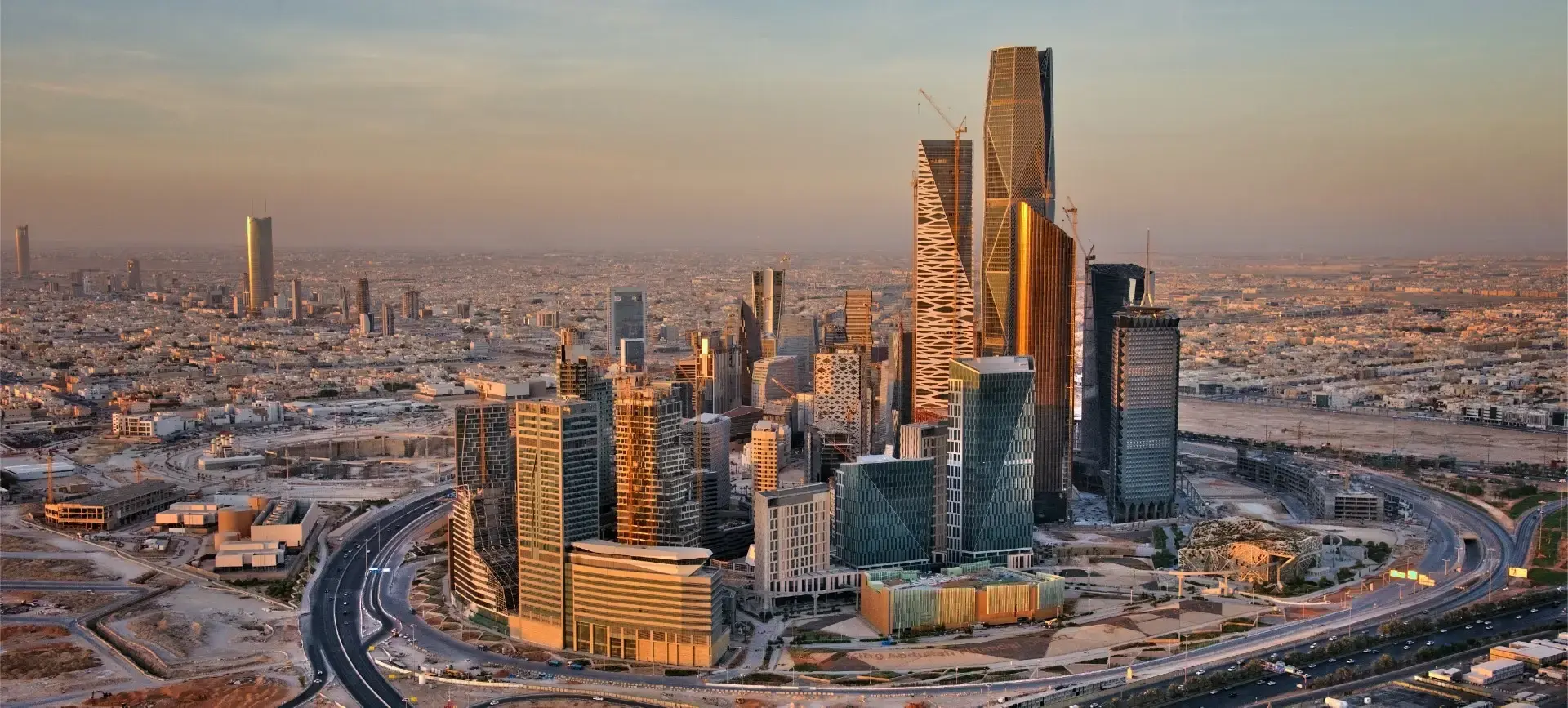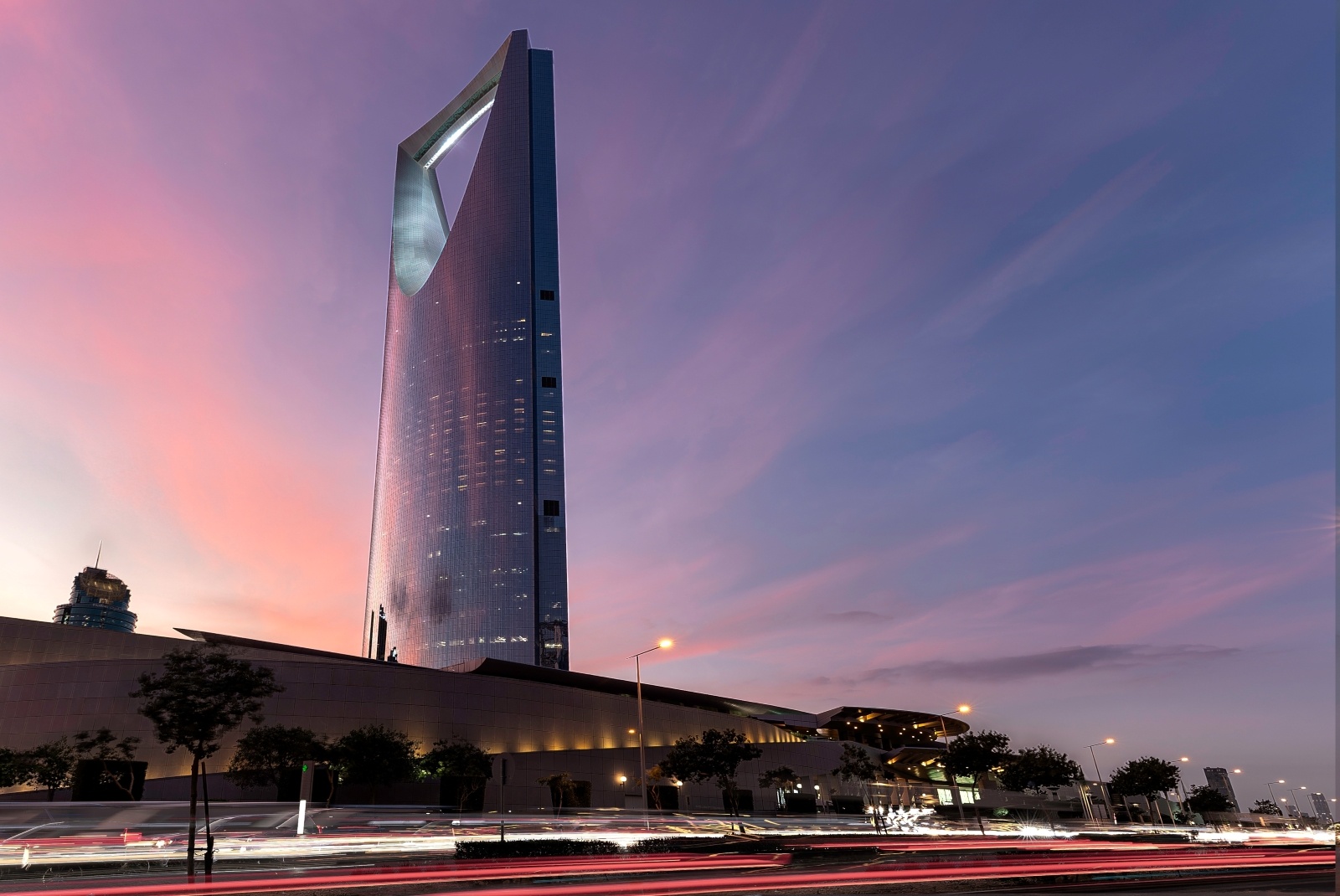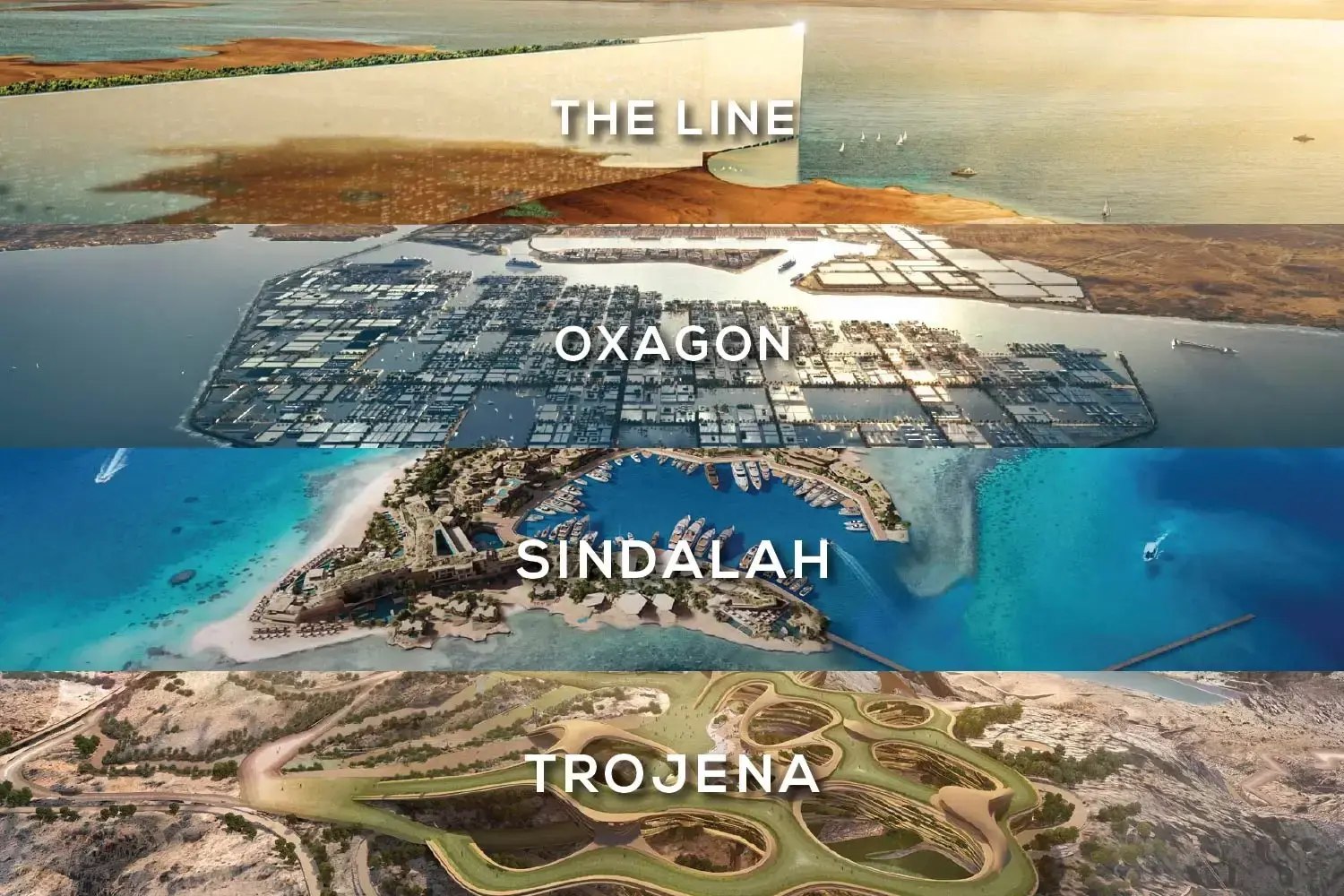How Vision 2030 is Reflected on the Reality of Saudi Arabia’s Real Estate Market

Vision 2030 is considered to be the most important pillar of the Saudi economy due to its impact on various aspects of economic and social life in the Kingdom, especially in the real estate sector. It has already become evident that real estate investment will play a key role in the Kingdom’s continued development, and several new projects were launched to support Vision 2030 and to promote future investment into this sector.
The Kingdom of Saudi Arabia aims to build on its investment ambitions through several recent decisions that will facilitate the home ownership process, such as the ‘White Land’ tax which is being levied on all undeveloped land to incentivise real estate development and to maintain reasonable pricing. Another major initiative is the ‘Wafi’ program, which is designed to regulate off-plan sales and rentals. There have also been increases in the percentage of real estate loans, and a growing ease for companies and foreign investors to obtain licenses that will increase their participation in the Kingdom’s private sector, in accordance with residential development contracts that were signed last year by the Ministry of Housing.
Vision 2030 also aims to revitalise the Kingdom’s tourism sector, which requires the development of high-level infrastructure including hotels, restaurants, and commercial centers, in addition to diverse real estate projects that promote tourism, such as entertainment centres and their relevant services and facilities.
Several important projects have been launched by the Kingdom as part of its continued investment into real estate. Roshn, a property developer backed by the Public Investment Fund, aims to develop residential neighborhoods in various cities and regions with the aim of increasing the property ownership level to 70% over the next 10 years. In line with Saudi Vision 2030, the most significant upcoming projects being developed by Roshn include Sidra, Warfa, Al-Arous, and Al-Falwa.
On a global level, the Kingdom’s most vital project is NEOM, which was launched to represent the future of life in Saudi Arabia as part of Vision 2030. The NEOM project aims to present a contemporary and sustainable architectural model that relies on renewable and environmentally friendly energy sources, providing a blueprint for other cities around the world. There are four key components to NEOM, representing diversity in real estate investment - The Line, Oxagon, Trogena, and Sindala.
Real estate investment is a prime area of focus in the economic growth of Saudi Arabia, contributing to raising the economic index through import and export operations (for building supplies), providing a large number of job opportunities, and solving problems related to housing, in addition to encouraging investors from outside Saudi Arabia to put their money into various projects.
In turn, the Kingdom of Saudi Arabia is keen to build a diverse real estate market that includes various types of residential units - houses, apartments and independent villas - matched by a solid infrastructure comprising commercial and recreational options.
Vision 2030 is clearly embodied in the activities of the Saudi Public Investment Fund, which aims to develop a flexible investment strategy in various business areas - especially the real estate sector. The ultimate goal is for Saudai Arabia to become a global market that is open to all investors, which will enhance the position of the Kingdom on a global scale.


